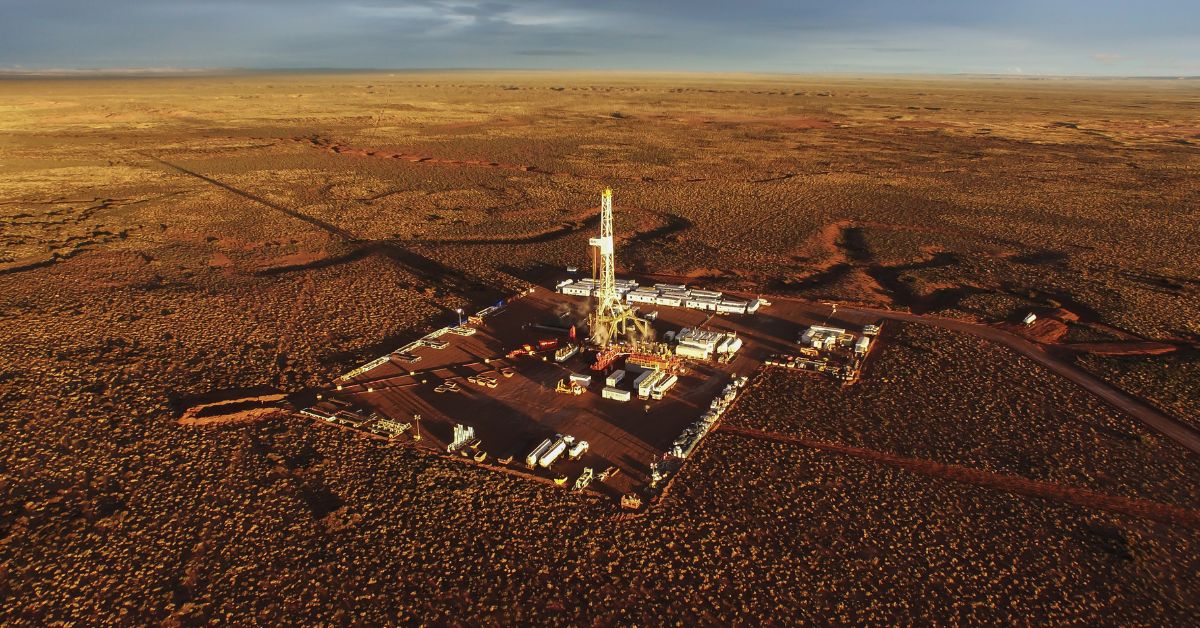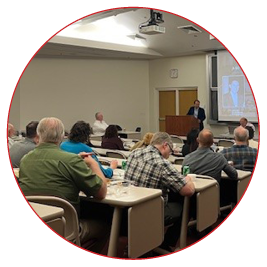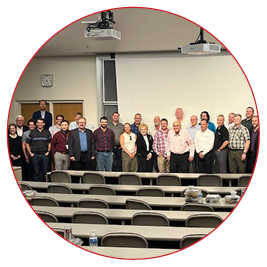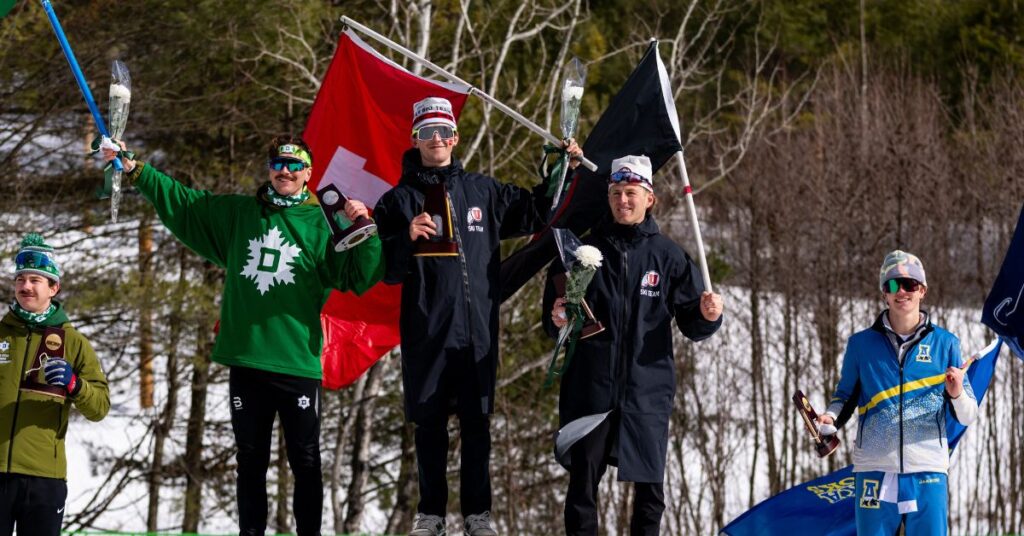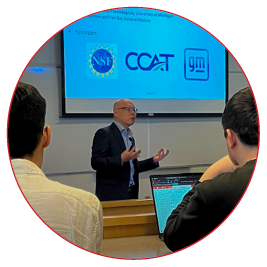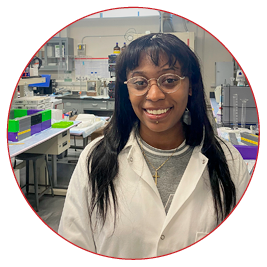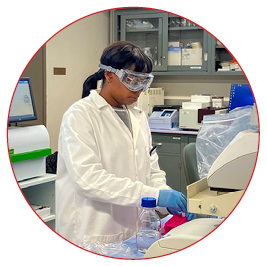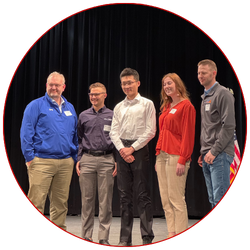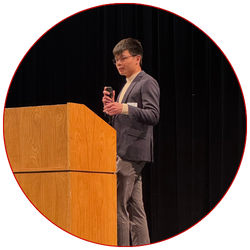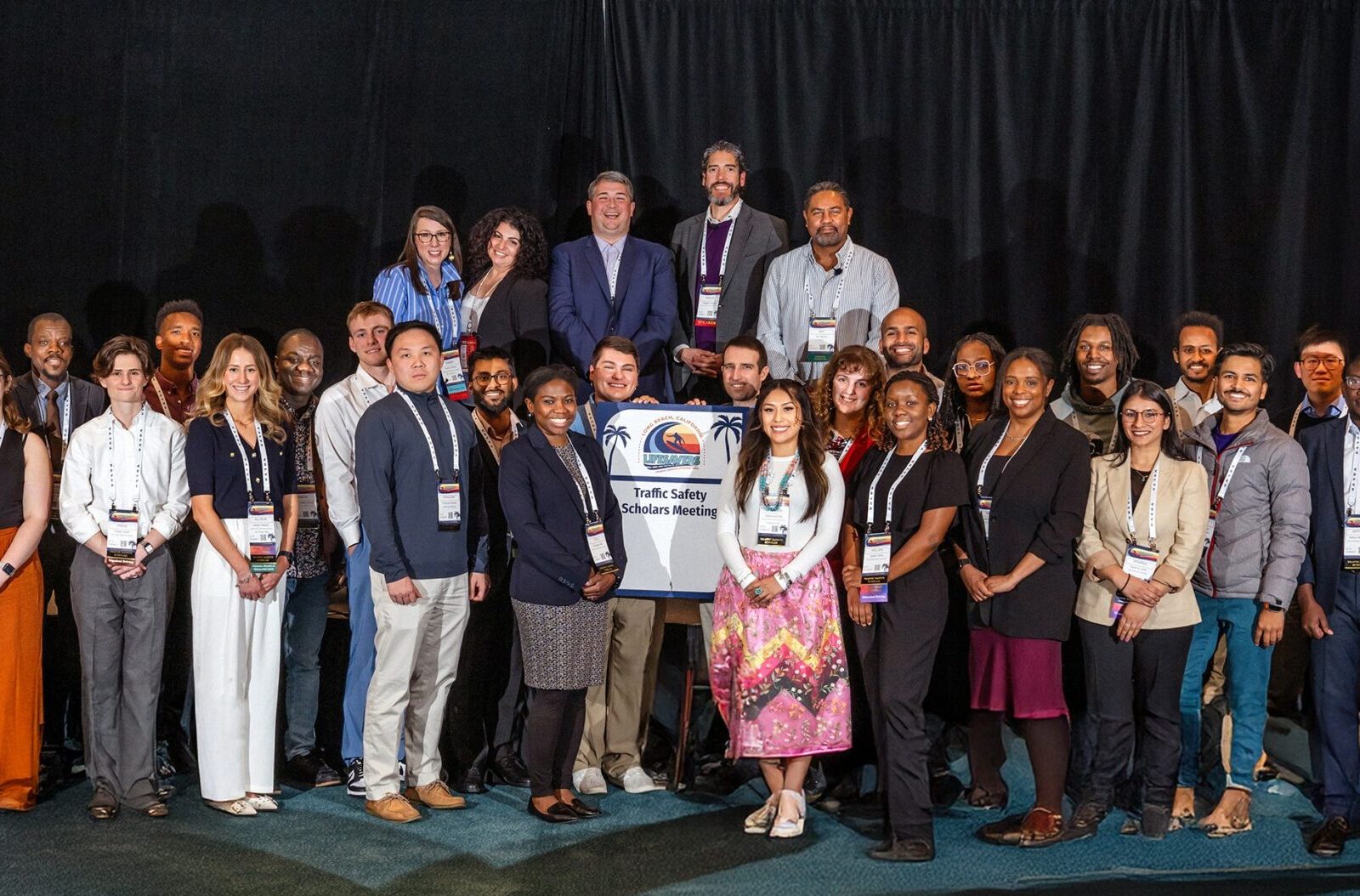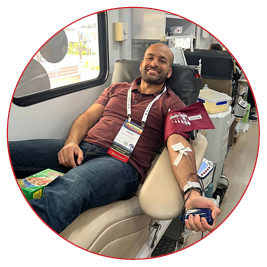Above: Ryan Johnson (center) and students Dame Liljestand and Adam Cossey setting up an ultrasonic sensor that will measure snow depth.
Ryan Johnson, Assistant Professor of Civil & Environmental Engineering (CvEEN) at the University of Utah, has co-authored a new study published in Environmental Modelling & Software. Titled “Quantifying regional variability of machine-learning-based snow water equivalent estimates across the Western United States,” the research explores how machine learning models can enhance the estimation of snow water equivalent (SWE) across diverse regions in the Western U.S.—a critical factor for water resource management in snow-dependent areas.
This publication marks a milestone in what has been a standout first year for Dr. Johnson as a faculty member at the U. Not only is he a proud Ph.D. graduate of the Civil & Environmental Engineering program, he was also recognized by students as this year’s CvEEN Student-Choice Professor of the Year—a reflection of his excellence in both research and teaching.
Dr. Johnson’s work focuses on integrating artificial intelligence and machine learning into hydrological modeling to advance operational water resource management, particularly in the face of climate variability and change. His latest study provides key insights into improving predictive models to better support water supply forecasting.
📰 Read the full article on ScienceDirect: A post-processing machine learning framework for bias-correcting National Water Model outputs by accounting for dominant streamflow drivers.

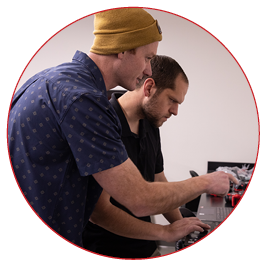
Ryan Johnson and Adam Cossey examining the sensor's code.

Configuring the sensor's solar power system.
More news from our Department

Hung-Po Cheng is Using AI to Make Roads Safer
Hung-Po Cheng didn’t just come to the University of Utah to earn an engineering Ph.D.—he came to create a real-world impact by making the roads we travel every day just a little safer. With a passion for data-driven safety solutions and a vision for smarter cities, Hung-Po is using artificial intelligence to improve traffic safety. […]
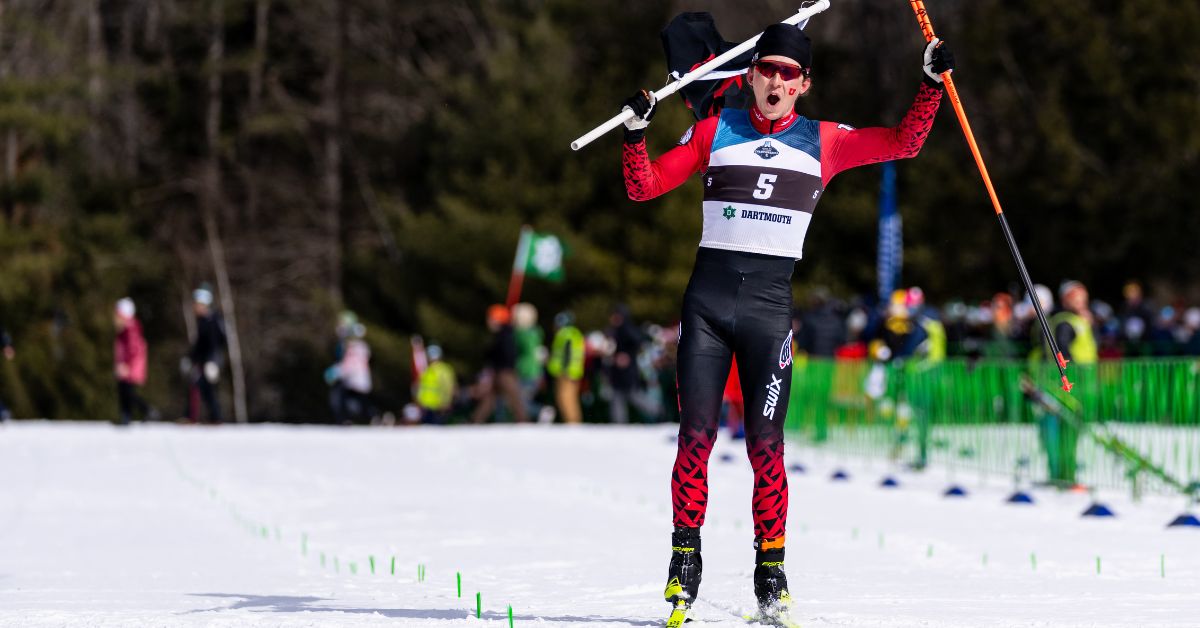
Student Spotlight: Joe Davies Finishes Skiing Career as National Champion
Joe Davies, a Civil & Environmental Engineering student graduating in Fall 2025, capped off his collegiate skiing career in unforgettable fashion—by becoming a national champion. At the 2025 NCAA Championships hosted by Dartmouth College, Davies dominated the 20K freestyle, claiming first place in the men’s race with a commanding lead of over a minute. His […]
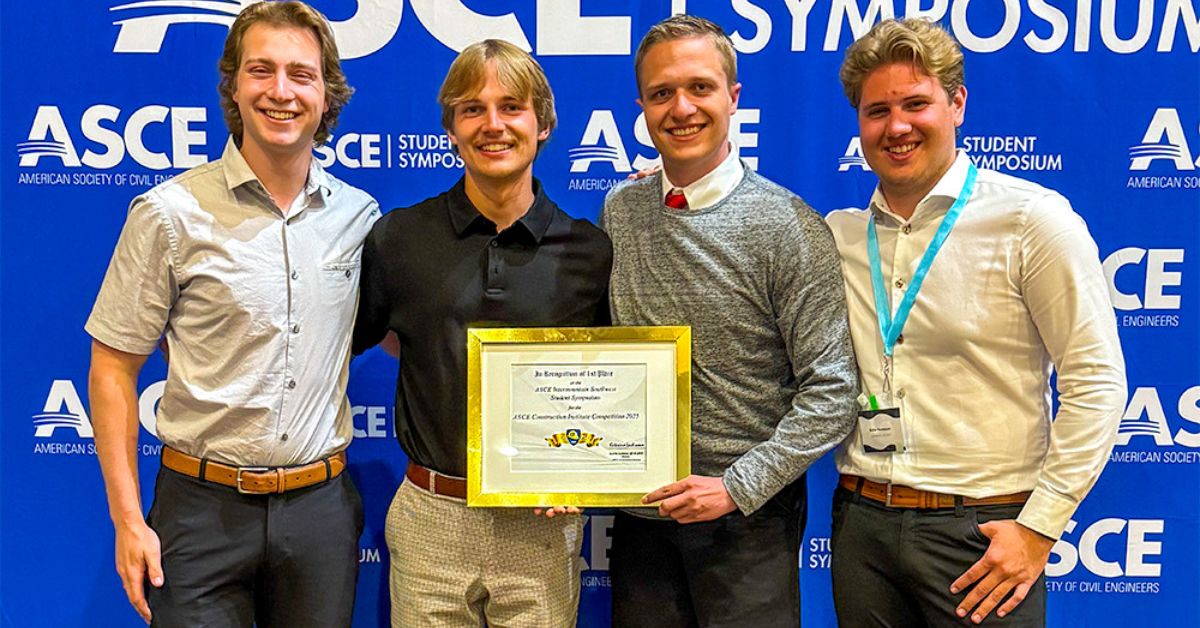
University of Utah ASCE Student Chapter Celebrates Back-to-Back Top Honors
The 2024–2025 academic year was another success for our ASCE Student Chapter, marked by national recognition, regional competition success, and an incredibly active and dedicated student body. Throughout the year, the chapter was led by a passionate group of student leaders and the steady guidance of long-time faculty advisor Dr. Christine Pomeroy. For the second […]

Bridging Nuclear Science and Public Health for Medical Breakthroughs
Cametrius Warren’s Research is Changing Medicine — and Minds. Cametrius Warren leans over a lab bench, carefully handling biological samples as part of her research at the University of Utah. A first-year Ph.D. student, Warren is not only dedicated to advancing nuclear medicine but also to changing the way the world perceives radiation. Originally from […]

